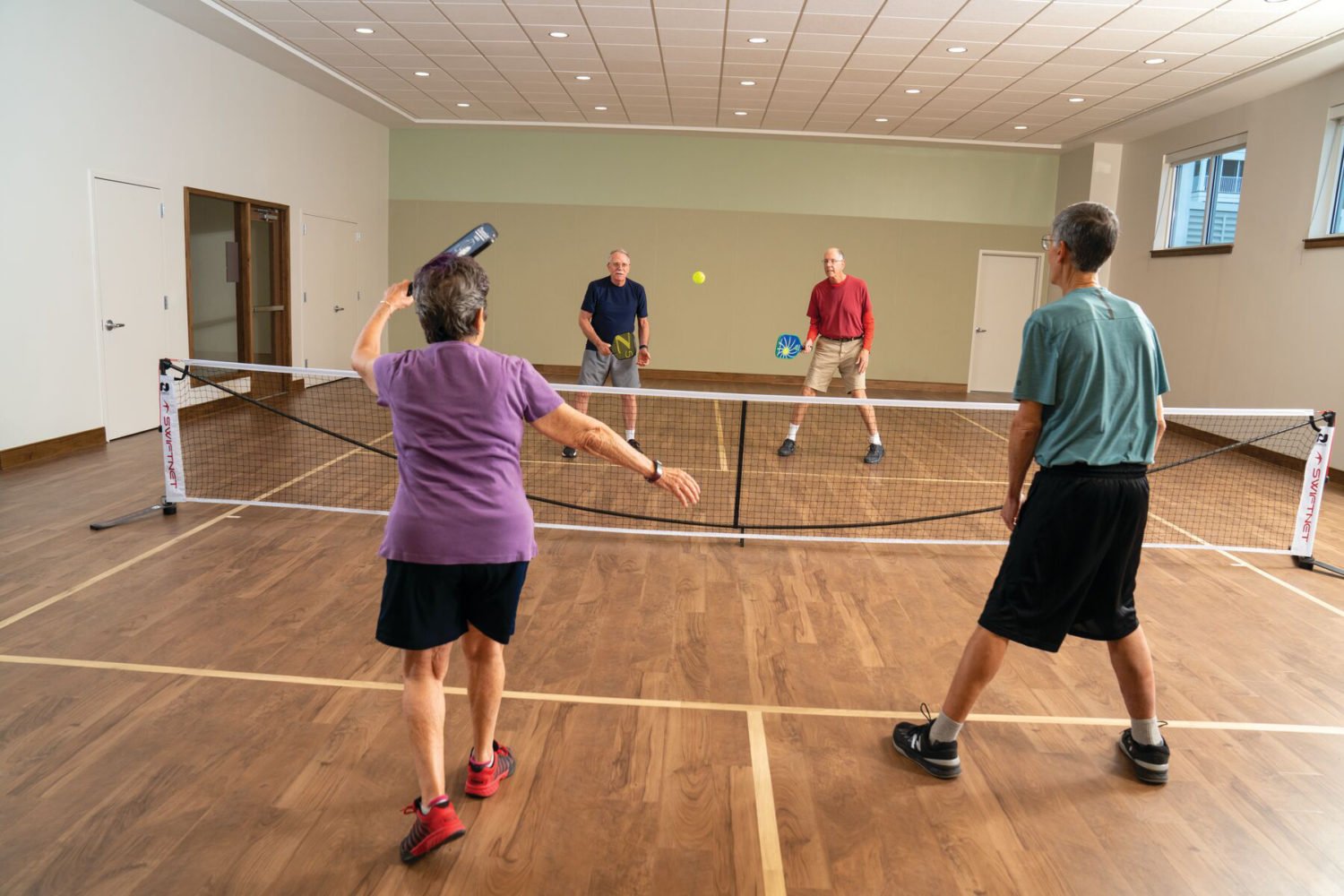Photograph courtesy of Flickr user gr33n3gg
Let there be light.
It’s something people crave the moment they step outside and realize it’s already pitch black by 4:30 PM. One person might starting feeling more tired, lazy, or even downright depressed. Another may find herself with a craving for carbs (and an expanding waistline). Maybe your partner’s sex drive is dragging.
What’s the deal?
It’s likely they’re one of the 14 million people in the US suffering from seasonal affective disorder (SAD), says Dr. Norman Rosenthal, who led the team that defined SAD in the ’80s and is the author of Winter Blues: Everything You Need to Know to Beat Seasonal Affective Disorder.
Fortunately, Rosenthal, who also suffers from SAD, says there’s a way to battle the disorder with a treatment that countless studies have found to be just as effective as antidepressants: light therapy.
By using a special light box, the treatment aims to replace the light that is missing from our lives during the dreary winter months, helping us feel more energized and happy. Rosenthal is such a fan of light boxes that he keeps at least six (and counting) in his own home in Washington.
“If I just stop using it, even for two days, I will really know and feel the difference,” he says.
Here are some things to know before starting light therapy, plus recommendations for six of the best light boxes available.
1. Consult a professional.
A doctor can properly diagnose you with SAD. However, Rosenthal says if you are experiencing mild symptoms of SAD, it’s okay to do a two-week trial of light therapy on your own.
2. Start with short sessions.
Allocate 20 minutes a day to your first treatments, then work your way up to no more than 90 minutes. It’s best to conduct your sessions as early in the morning as possible. That way, you can start off your day feeling energized and in good spirits.
3. Use fluorescent bulbs.
Fluorescent bulbs are preferred to incandescent because they spread light over a wider surface area, decreasing the chance of damaging your eyes. The bulbs should produce 2,500 to 10,000 lux.
4. Wait two weeks for results.
While many users feel the positive effects within two to four days, Rosenthal says to give it at least two weeks. If you still don’t feel better by then, retrace your steps to make sure you’ve set up the light box correctly, or consult a professional.
5. Continue the treatment throughout the winter months.
Oftentimes, users feel an immediate difference after one session. However, Rosenthal encourages patients to continue using the light box for the duration of the winter months (December, January, and February).
Looking to buy a light box of your own? Rosenthal recommends these six models.
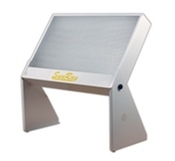
SunRay II, $339
The SunRay II is one of the best and most heavily researched light boxes on the market. It measures about two feet long and 16 inches tall, which is a suitable size for a light box, Rosenthal says. Another perk: If tilted forward, more light can enter the eyes.
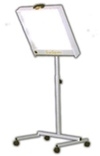
Sun Square, $475
This light box is one of Rosenthal’s favorites. He’s found it has one of the most powerful effects on one’s mood, thanks to its large size. Place it at the foot of your bed, or set it in front of an exercise machine.
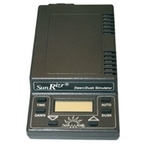
SunUp Dawn Simulator, $200
When plugged into a bedside lamp, this device simulates the rising sun. Rosenthal won’t travel without it. Time it so that it runs for 30 to 45 minutes in the morning as you wake up. This is perfect for those of us who sleep in a windowless room, too.
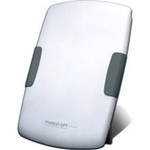
HappyLight Deluxe Energy Lamp, $189.95
The HappyLight is very portable: It can be used as a desk lamp or attached to a wall. It also has a carrying handle, great for when you’re on the go.
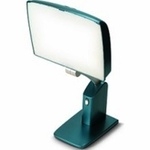
Day-Light Sky Lamp, $146
This light box is great for treatments while at work. Rosenthal has two similar boxes set up on either side of his computer at home, which he turns on in the morning while he checks his e-mail.
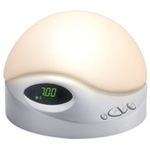
BioBrite SunRise Clock, $120
This alarm clock functions just like the SunUp Dawn Simulator, but it includes its own light source. Rosenthal points out that the small size means it’s less powerful than other light sources, and ideally the light should come from above rather than at bedside-table level. On the upside, it’s less conspicuous than most light boxes, and produces a 30-minute rising dawn.








